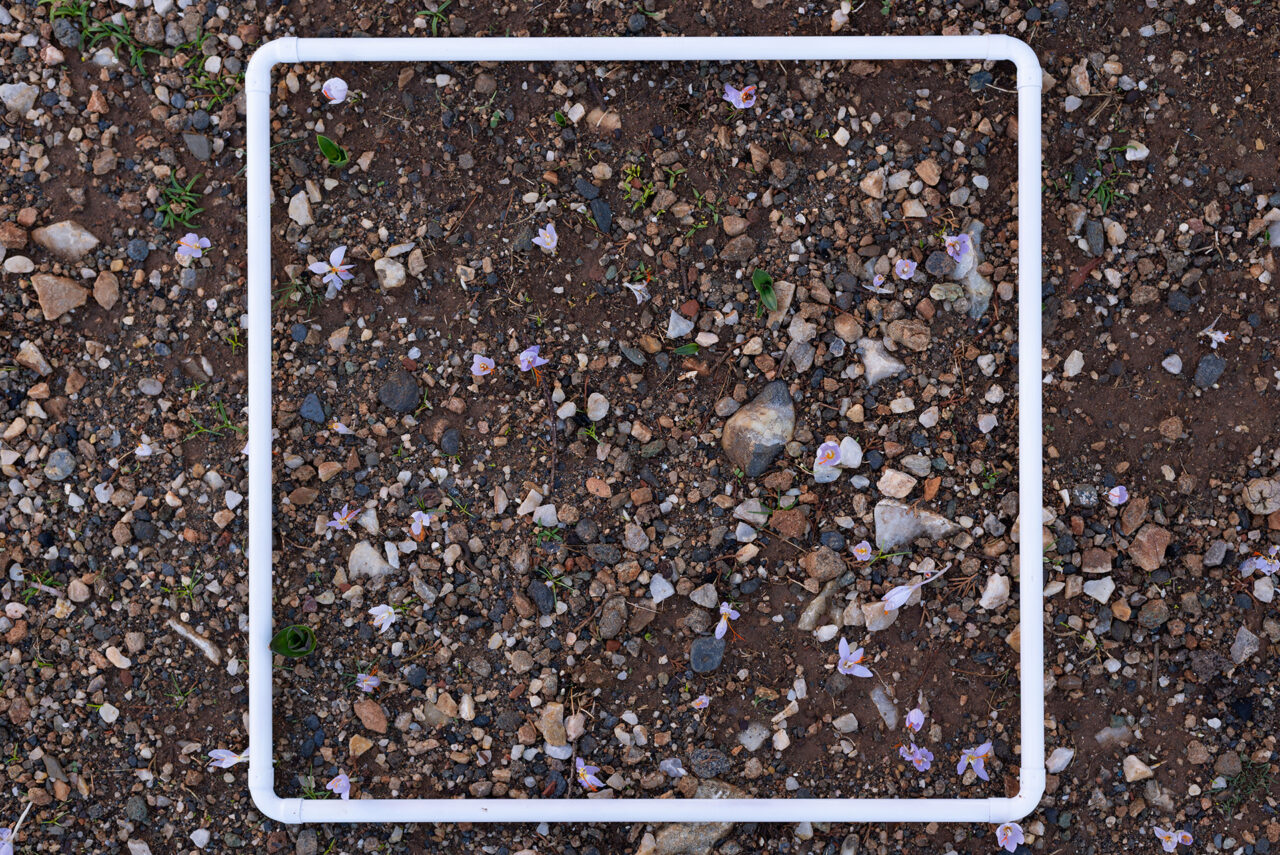
| Temperature | Humidity | Barometric | Moisture | Wind |
|---|---|---|---|---|
| 13° C | 88% | 1009 hPa | 4 km/h |
Americanou
This location is found in the bay of Grammata and the “Gria Spilia” beach, and is named after John H.G. Pierson, known on Syros as “the American,” a lover of ancient Greek history and Cycladic nature. Since the 1960s, the history of the region’s natural environment in many ways runs parallel to the story of the American which it is now named after. The area includes a large lot, open to the public, owned by the Pierson family.
The area’s history is a typical example of humankind’s ability to influence the landscape, and the topical issue of trying to restore nature to a previous, improved state. Attempting such an effort through a UNESCO scientific research project, John H.G Pierson bought a large area on the island in the 1960s and planted hundreds of saplings. He was a staunch supporter of the theory that the Cycladic landscape could maintain forest ecosystems, as has been narrated in historical records. He believed that the restoration of these ecosystems could offer benefits such as wildlife refuges and soil enrichment.
Despite Pierson’s persistent efforts, many saplings failed to survive due to difficult weather and soil conditions. However, a few hundred saplings, especially those that found protection in the ravines near the “Gria Spilia” beach, survived and maintained a small, unexpected cluster of green in the middle of a rocky landscape dominated by fryganic vegetation. The green and shady cluster, composed mainly of pines and some cypresses, climbs the small slopes surrounding the bay. Animal organisms, especially birds, find refuge amidst the shade of the leaves and trees.
Source: Syriana Grammata, period II, vol I, 2017.
